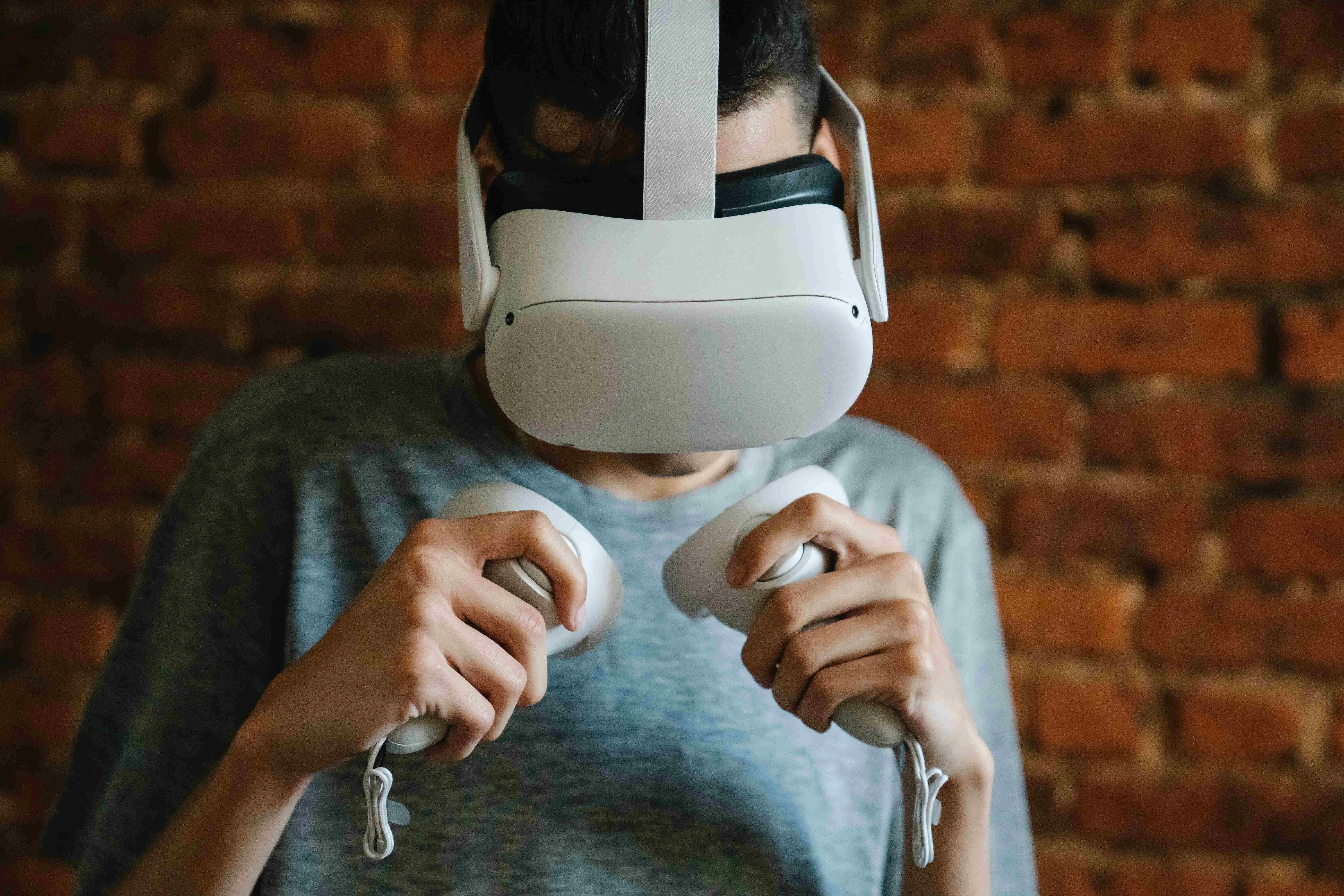In the rapidly evolving landscape of technology, two immersive and transformative experiences have emerged to redefine the way we interact with the digital world – Virtual Reality (VR) and Augmented Reality (AR). These cutting-edge technologies have the power to transport users to new dimensions, creating unprecedented opportunities for entertainment, education, healthcare, and beyond.
Understanding Virtual Reality (VR):
VR is an immersive technology that places users in a completely digital environment, shutting out the physical world. This is achieved through the use of specialized headsets, such as the Oculus Rift or HTC Vive, which deliver a 360-degree visual and auditory experience. VR is not just about gaming; it's about stepping into a different reality, whether it's exploring ancient civilizations, training for high-stakes professions, or even overcoming fears through exposure therapy.
One of the key advantages of VR is its ability to create a sense of presence – the feeling that users are truly present in the virtual world. This heightened level of immersion can evoke strong emotional responses, making VR a powerful tool for storytelling and empathy-building.
Applications of Virtual Reality:
1. Gaming: VR has revolutionized the gaming industry, offering players an unprecedented level of immersion. Games like Beat Saber and Half-Life: Alyx have showcased the potential of VR in delivering captivating and interactive gaming experiences.
2. Education: Virtual classrooms allow students to explore historical events, dissect virtual organisms, or even travel to outer space. VR transforms learning into an engaging and interactive experience, catering to various learning styles.
3. Healthcare: From surgical training simulations to therapeutic applications, VR is making significant strides in healthcare. It enables medical professionals to practice procedures in a risk-free environment and helps patients cope with pain and anxiety through immersive experiences.
Augmented Reality (AR):
Unlike VR, which replaces the real world with a digital one, AR overlays digital content onto the real world. This is typically achieved through devices like smartphones, tablets, or AR glasses. Popularized by apps like Pokémon GO, AR has the potential to seamlessly blend the virtual and physical realms.
Applications of Augmented Reality:
1. Gaming and Entertainment: AR enhances gaming experiences by placing virtual elements in the real world. Beyond gaming, AR is being used to bring movie posters, books, and even museum exhibits to life.
2. Navigation: AR navigation apps provide real-time information, such as directions and points of interest, overlaid onto the user's view of the real world. This is particularly useful for pedestrians and drivers alike.
3. Retail: AR is transforming the retail experience by allowing customers to visualize products in their real-world environment before making a purchase. IKEA, for example, offers an AR app that lets users see how furniture will look in their homes.
The Convergence of VR and AR:
As technology advances, the lines between VR and AR are becoming increasingly blurred, giving rise to a concept known as Mixed Reality (MR). MR combines elements of both VR and AR to create environments where physical and digital objects coexist and interact in real time. This convergence opens up new possibilities for collaborative work, interactive storytelling, and seamless integration of digital content into our daily lives.
Challenges and Future Prospects:
While VR and AR have made remarkable strides, challenges remain. Issues such as motion sickness in VR and the need for more intuitive AR interfaces are areas that researchers and developers are actively addressing. As hardware becomes more sophisticated and affordable, and as content creation tools improve, the potential for widespread adoption and innovation in both VR and AR continues to grow.
In conclusion, virtual and augmented reality are revolutionizing the way we perceive and interact with the digital world. Whether it's through the immersive escape of VR or the enhancement of our everyday reality through AR, these technologies are reshaping industries and pushing the boundaries of human experience. As we journey into the future, the convergence of VR and AR promises even more exciting possibilities, unlocking new realms of creativity, collaboration, and exploration.







